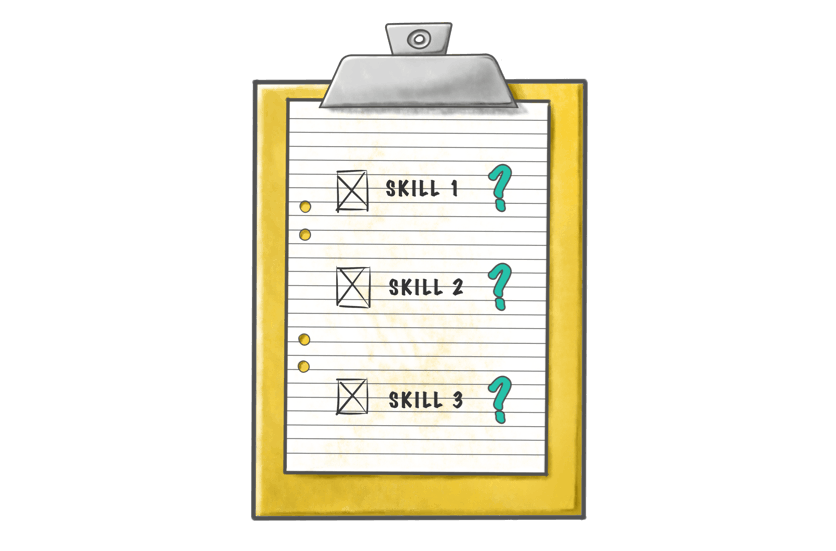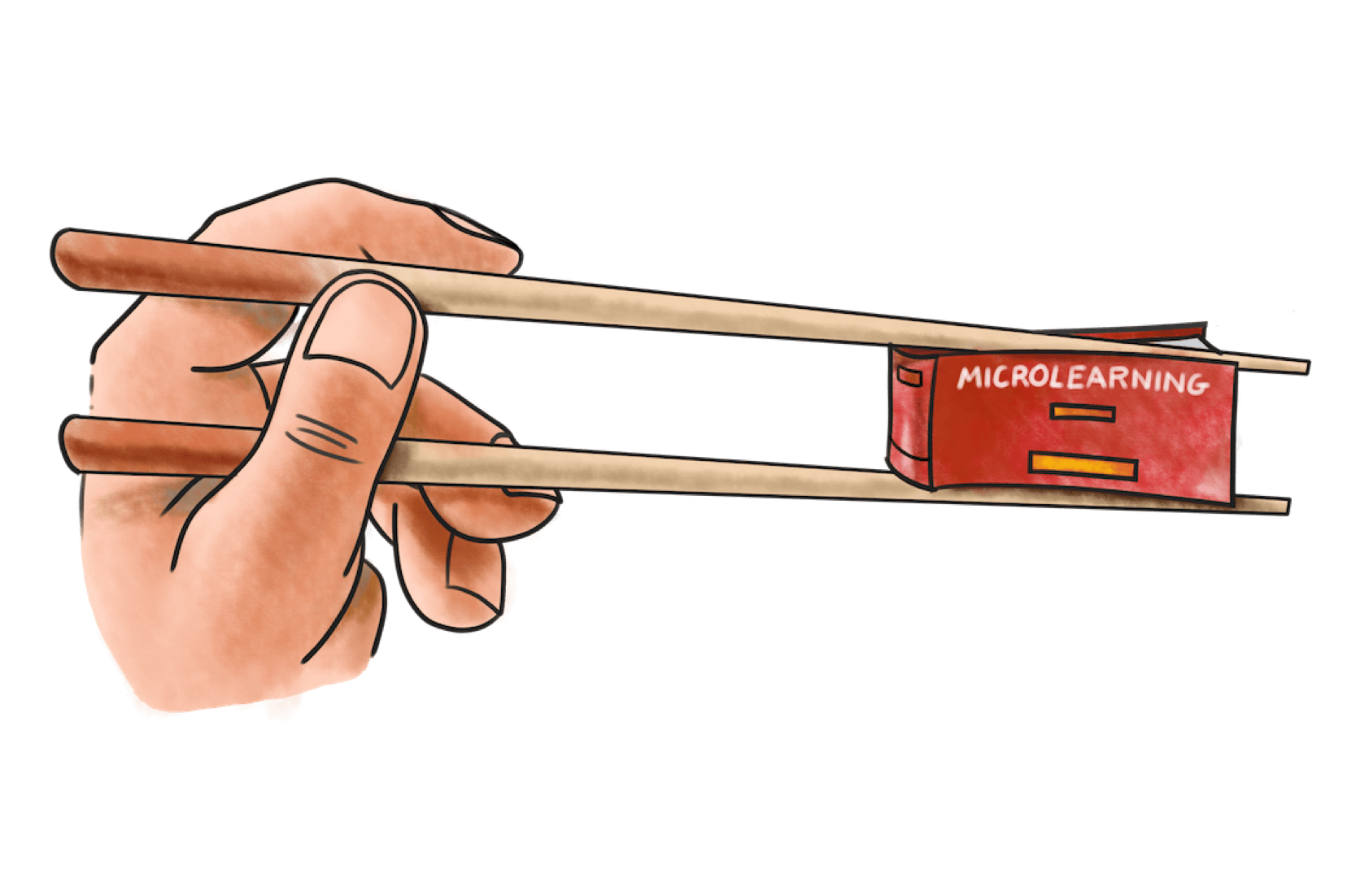
Customers often ask us “how do you measure training ROI?”. Which is funny, because when we started Yarno, we assumed everyone measured ROI. But the more conversations we had, we discovered that measuring training ROI isn’t actually that common. And that often it’s not measured at all!
During our research phase, we heard from learning professionals that ROI was too hard to measure. And measuring it may not be in their best interest since if the results aren't positive, it could reflect poorly on them.
A few did say, however, that they were keen to measure ROI as they thought it was one way to transition L&D away from being perceived as a cost centre. They felt that their training delivered value but didn’t have the time or resources available to define what value actually looked like.
We aim to measure ROI as often as it’s practical with our customers.
Let’s take a look at an example. I’ve chosen onboarding since the metrics are clear and can be measured relatively easily.
Measuring the ROI of onboarding
It’s still common for new starters to be presented with a printed welcome pack and to then sit through a few days of facilitated classroom training. So a common application of Yarno is to present a slick and engaging onboarding experience to new staff. After all the first 3 months is a critical time to build enthusiasm and get people excited about their new role.
Identify a business metric that you want to increase/decrease
Determining what business metrics you want to influence with training is the key to success. Ideally these metrics are already being tracked by the business.
Common onboarding metrics we see are:
- Time spent in classroom training
- Time to productivity for new staff
- Turnover of staff
Next we understand the existing costs tied to each metric.
Time spent in classroom training
Let’s say that our current onboarding program includes 2 days of classroom training. Costs here may include:
- Travel (flights, transfers, accommodation etc)
- Time away from office (hourly rate x time spent in training)
- Instructor (hourly rate assuming they’re an internal resource)
Time to productivity
It takes new staff time to become confident and productive in their new role. During onboarding they’re absorbing a lot of new information and aren’t in a position yet to give back.
We have heard from our customers that it takes a new hire between six to 12 months to be at the point where they can begin hitting KPIs.
Staff turnover
Turnover is costly. A significant amount of energy, time and resources is invested in finding, hiring and training new staff. In Australia in 2015 average staff turnover was 16%.
The cost of losing and replacing an employee is estimated at between 30%-150% of their salary.
Calculating ROI example
I’ve made a number of generalisations in the numbers below, in an attempt to provide a working example. The various costs and metrics will likely be different across businesses and industries.
When we calculate ROI we use the formula:
ROI = (Return - Investment) / Investment
For our example, we’ll use a medium-sized business of 300 people, that hires 20 sales staff over a 12 month period. Each salesperson is on an $80k gross salary.
We’ll begin by looking at the Return side of the equation.
ReturnMetric one: Reduce classroom training
Classroom costs are time away from the office and the classroom instructor. For simplicity’s sake let’s assume all new starters are located in the same location, so travel isn’t required.
Our existing classroom training is 2 days and our goal is to reduce it to 1 day.
- Existing costTime away from the office: 16 hours (2 days) x $30/hr x 20 staff = $9,600Instructor cost: 16 hours x $30/hr = $480Total: $10,080
- Proposed costTime away from the office: 8 hours (1 day) x $30/hr x 20 staff = $4,800Instructor cost: 8 hours x $30/hr = $240Total: $5,040
- Saving: $5,040 ($10,080 - $5,040)
Metric two: Reduce time to productivity
I mentioned earlier that our customers tell us a new hire takes between six to 12 months to begin hitting their KPIs. If we say their monthly KPIs are $10k, and it takes 6 months to become productive, that’s $60,000 in lost sales.
Our goal is to reduce time to productivity from six to four months.
- Existing costLost sales per employee: $60,000/employee ($10,000/month x 6 months = $60,000).Lost sales for 20 sales staff: $1,200,000 (20 x $60,000 = $1,200,000)
- Proposed costLost sales per employee: $40,000/employee ($10,000/month x 4 months = $40,000).Lost sales for 20 sales staff: $800,000 (20 x $40,000 = $800,000)
- Saving - $400,000 ($1,200,000 - $800,000 = $400,000)
Metric three: Reduce staff turnover
We’ll use the Australian turnover average of 16%. And we’ll aim to reduce it to 10% in 12 months. We’ll also use an average turnover cost of 50% of salary.
- Existing costStaff turnover: 3 staff leave every 12 months (16% turnover of 20 new hires)Staff turnover cost: $40,000 ($80,000 salary x 50% of salary = $40,000).3 staff turnover: $120,000 (3 x $40,000 = $120,000)
- Proposed costStaff turnover: 2 staff leave every 12 months (10% turnover of 20 new hires)Staff turnover cost: $40,000 ($80,000 salary x 50% of salary = $40,000).2 staff turnover: $80,000 (2 x $40,000 = $120,000)
- Saving - $40,000 ($120,000 - $80,000 = $40,000)
Total savings
- Reduce classroom training - $5,040
- Reduce time to productivity - $400,000
- Reduce staff turnover - $40,000
Total costs saved = $450,040. This is our gain or return from the training.
Now let’s look at the investment side of the equation.
Investment
For our example this would include:
- Time to reduce the existing classroom training content down from 2 days to 1 day
- Investing in a new learning platform
- Time for Subject Matter Experts to repurpose the existing onboarding content for delivery in the new learning platform
Investment = $100,000.
ROI = ($450,040 - $100,000) / ($100,000) = 350%.
These are fairly modest goals and may become more ambitious over time, and are an example of just one scenario. Other scenarios where ROI may be calculated are sales training and revenue increase, safety training and reduced incidents (LTIs or near misses) or system training and reduced support requests.
Does your company measure training ROI? If so, how? Post a comment below, we'd love to learn how you approach it!
To learn about the big impact little bites of learning can have, download our microlearning white-paper.













































































































